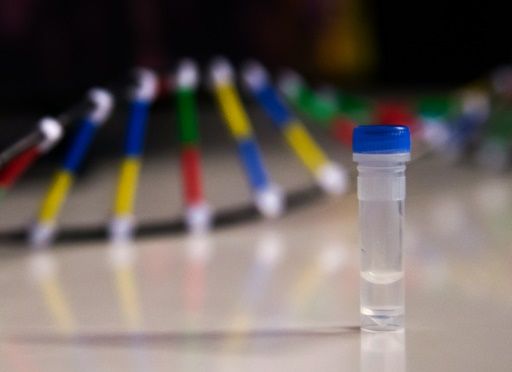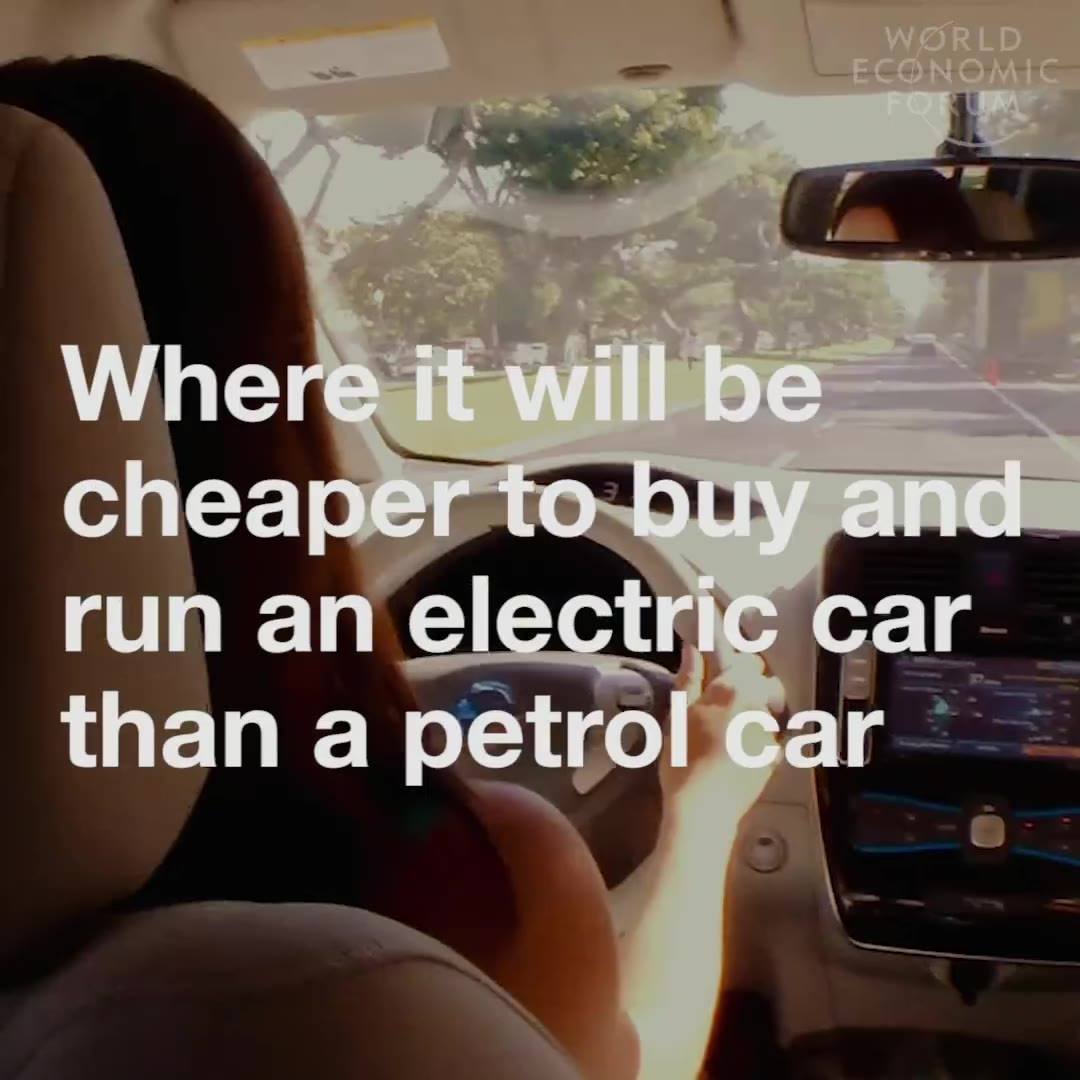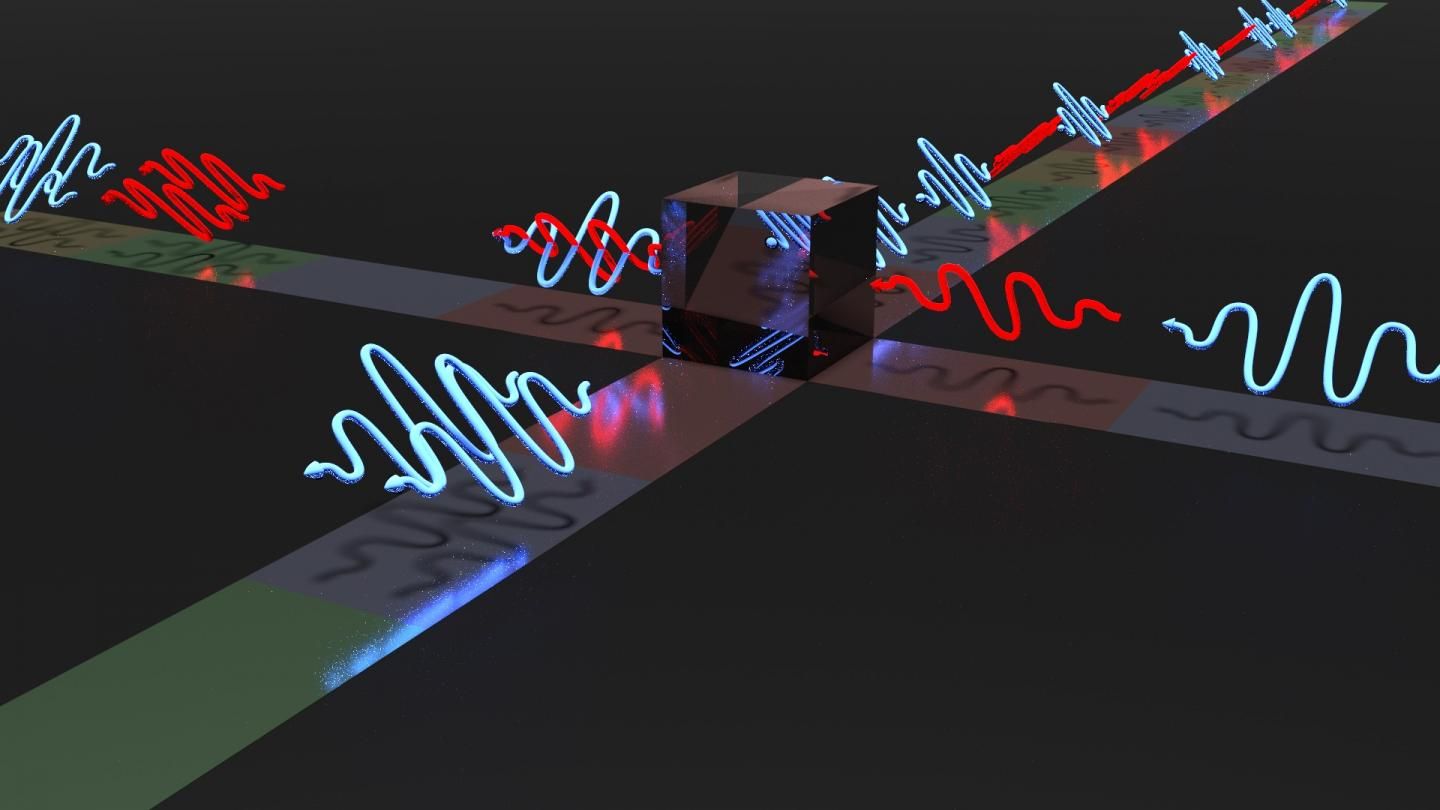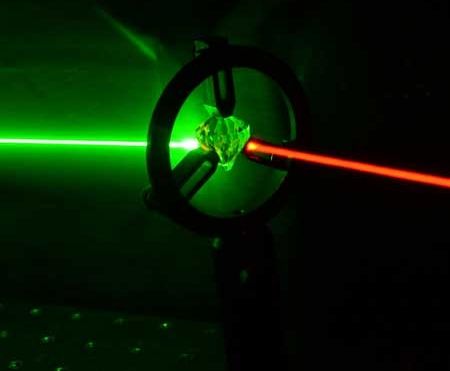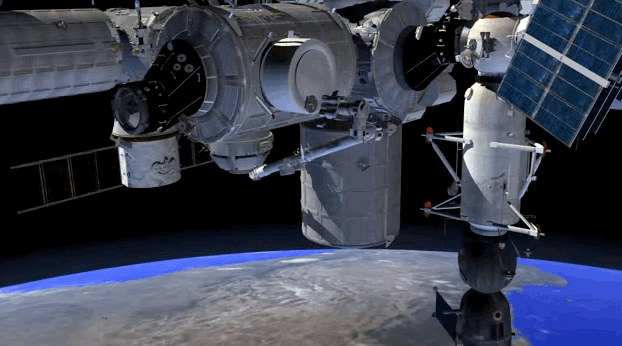Apr 5, 2016
Invading the brain to understand and repair cognition
Posted by Karen Hurst in categories: biotech/medical, cyborgs, neuroscience
April 5, 2016, New York — People are using brain-machine interfaces to restore motor function in ways never before possible — through limb prosthetics and exoskletons. But technologies to repair and improve cognition have been more elusive. That is rapidly changing with new tools — from fully implantable brain devices to neuron-eavesdropping grids atop the brain — to directly probe the mind.
These new technologies, being presented today at the Cognitive Neuroscience Society (CNS) annual conference in New York City, are mapping new understandings of cognition and advancing efforts to improve memory and learning in patients with cognitive deficits.
Eavesdropping on neurons
“A new era” of electrophysiology is now upon us, says Josef Parvizi of Stanford University who is chairing the CNS symposium on the topic. “We have gotten a much sharper view of the brain’s electrophysiological activity” using techniques once relegated to science fiction.
Continue reading “Invading the brain to understand and repair cognition” »


